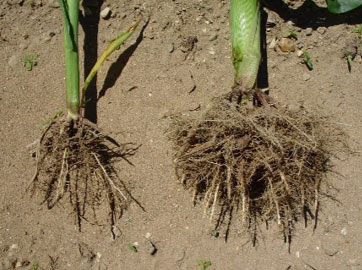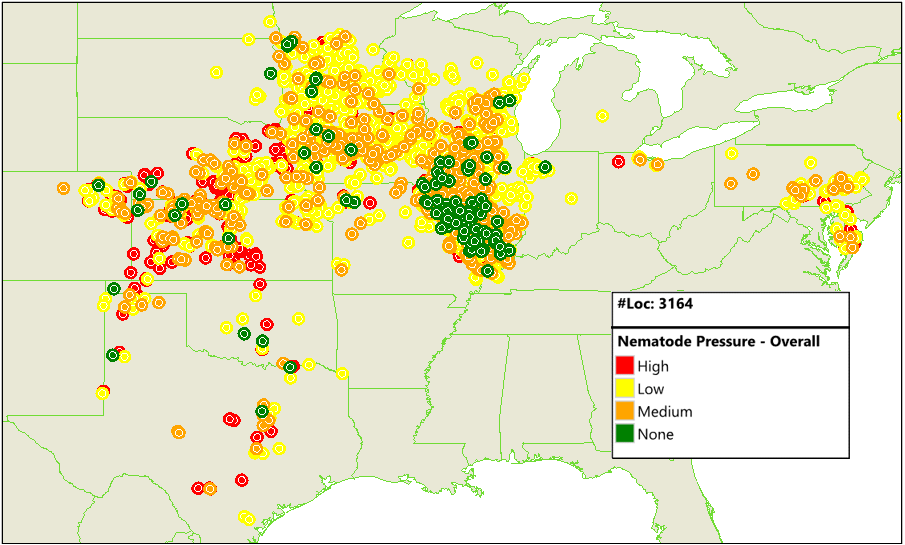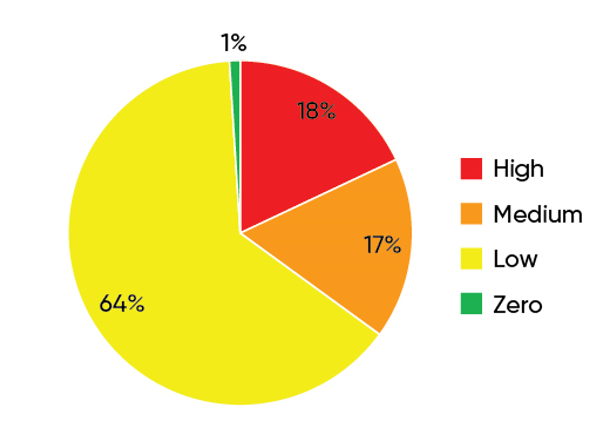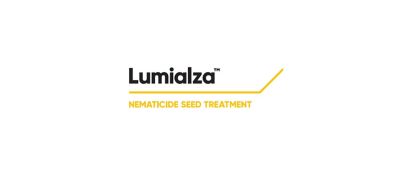
The foregoing is provided for informational use only. Please contact your Pioneer sales professional for information and suggestions specific to your operation. 2019-2022 data are based on average of all comparisons made in 3164 locations through November 1, 2022. Multi-year and multi-location is a better predictor of future performance. Do not use these or any other data from a limited number of trials as a significant factor in product selection. Lumialza® may not be registered for sale or use in all states. Contact your state pesticide regulatory agency to determine if a product is registered for sale or use in your state. Always read and follow label directions. Performance data is based on 10-state broad-acre head-to-head strip trial comparing Lumialza™ nematicide seed treatment vs. non-nematicide seed treatment utilizing the same insecticide and fungicide recipe in seed applied technology replicated and strip trial data. Yields ranged from 3 to 9 bu/acre depending on nematode species and population, in 184 low stress and 54 moderate to high stress locations. Product performance is variable and depends on many factors such as moisture and heat stress, soil type, management practices and environmental stress as well as disease and pest pressures. Individual results may vary. Pioneer® brand products are provided subject to the terms and conditions of purchase which are part of the labeling and purchase documents. Individual results may vary.




